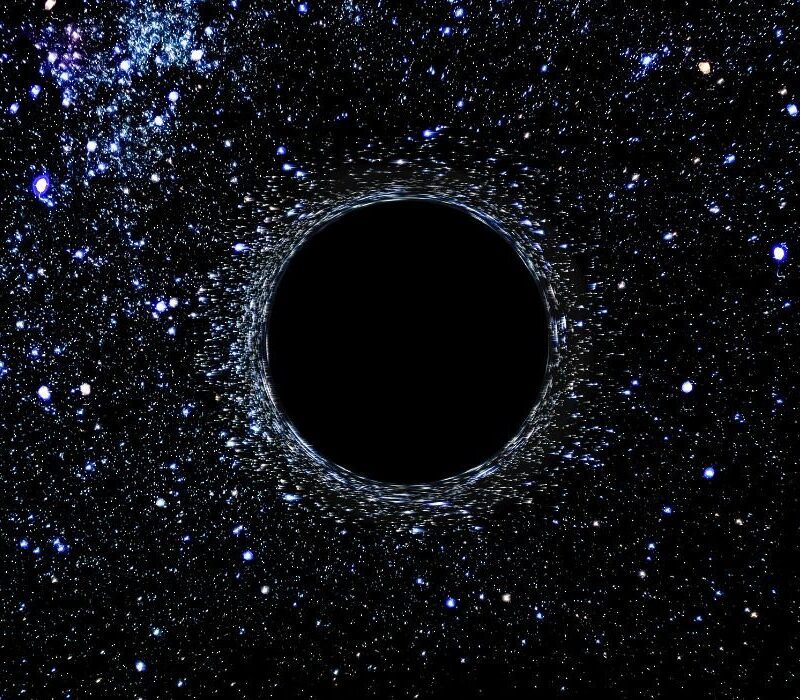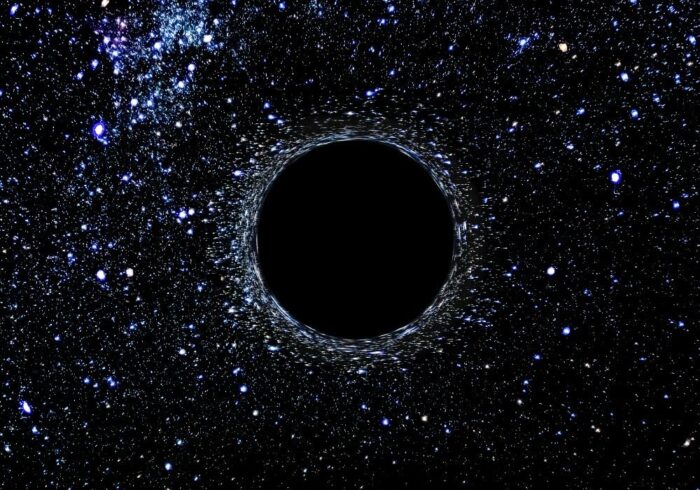
While ancient artifacts have endured millennia, modern data faces rapid obsolescence.
In today’s digital age, we often take for granted the permanence of our digital memories, documents, and creations. However, as Adrienne Bernhard highlights in her insightful article, Shining a Light on the Digital Dark Age, our digital records are far from everlasting. The rapid evolution of technology and the sheer volume of data we produce pose significant challenges to the preservation of our digital heritage. The Dead Sea scrolls, made of parchment and papyrus, have endured for nearly two millennia. In stark contrast, the life expectancy of a DVD is a mere century. Digital artifacts, such as Andy Warhol’s digital doodles from the 1980s, risk being trapped in obsolete formats. Even massive platforms like MySpace have suffered irreversible data losses, erasing countless memories and creations. Bernhard emphasizes that while we can create infinite copies of digital files, this doesn’t guarantee their longevity. The challenges to digital preservation are multifaceted, from hardware degradation and outdated file formats to the sheer abundance of data. The looming “Digital Dark Age” suggests that we might be entering a period where vast amounts of digital information could be lost forever. Historically, even institutions dedicated to preserving knowledge have faced challenges. The renowned Library of Alexandria, which once housed half a million papyrus scrolls, eventually faded into obscurity, its vast collections lost to time. Similarly, our digital archives face threats from link rot, proprietary formats, and data decay. However, hope is not lost. Organizations like The Long Now Foundation are at the forefront of combating the Digital Dark Age. They employ innovative technologies, open-source software, and a long-term perspective on preservation. One of their initiatives, the Rosetta Project, aims to create a long-lasting digital library of human languages. This project, while symbolic, underscores the challenges of digital obsolescence and the need for creative archival methods. The Internet Archive, another beacon of hope, has been archiving the internet since 1996. It provides a snapshot of our digital history, allowing users to travel back in time and access old web pages. Yet, the sheer volume of data and the challenges of storage, sustainability, and appraisal remain significant. Emerging solutions, such as Microsoft’s Project Silica, aim to provide durable storage alternatives. GitHub’s Arctic Code Vault, deep within the Arctic mountain’s permafrost, offers a long-term storage solution shielded from the external world. In conclusion, as Bernhard aptly points out, addressing the challenges of the Digital Dark Age requires a collective effort. Preservation institutions, tech companies, and individuals must collaborate to ensure our digital legacy endures. We must be judicious in what we store, ensuring that future generations have a meaningful and comprehensive digital archive. To delve deeper into the intricacies of the Digital Dark Age and the commendable efforts to combat it, I highly recommend reading Adrienne Bernhard’s full article on Long Now (https://longnow.org/ideas/shining-a-light-on-the-digital-dark-age/). The future of our digital past depends on it.
References
American Scientist: Avoiding a Digital Dark Age
Ashley, M. 2010. “Deep Thinking in Shallow Time: Sharing Humanity’s History in the Petabyte Age.” Virtual Archaeology Review 1(1): 9–12. https://www.academia.edu/401409/Deep_Thinking_in_Shallow_Time_Sharing_Humanity_s_History_in_the_Petabyte_Age


